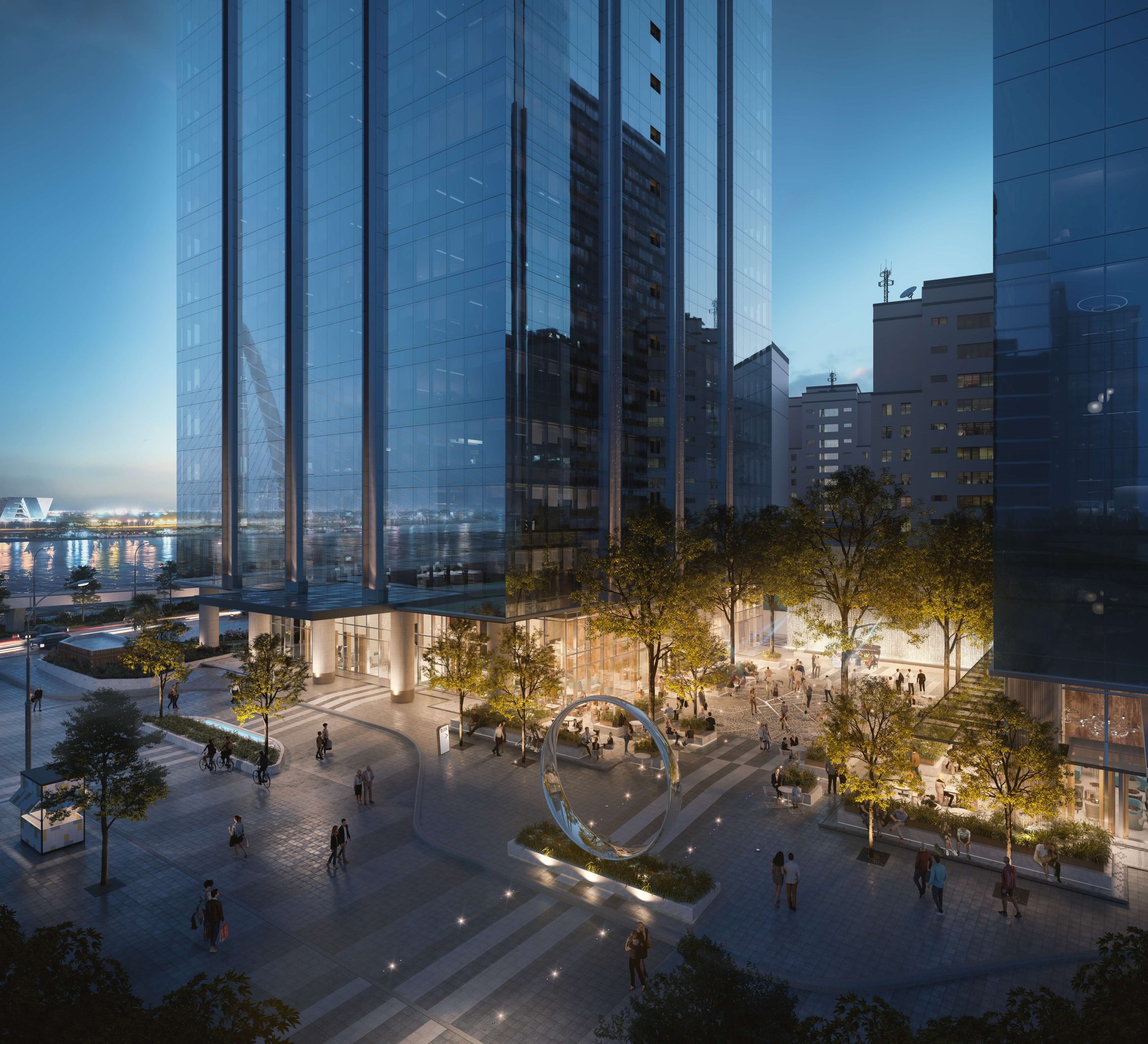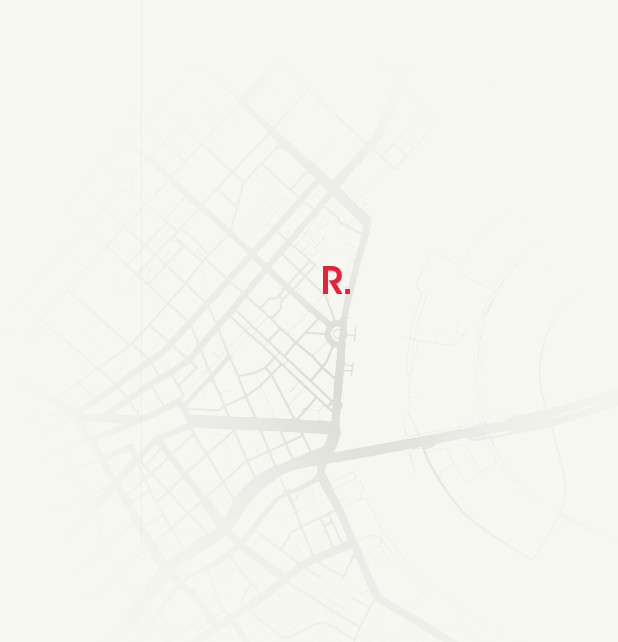In today’s world, greening the economy is a global trend, people are now turning towards sustainable practices to reduce their carbon footprint. This shift in mindset has resulted in the emergence of green architecture or “Kiến trúc xanh” in Vietnamese. The trend of green architecture is rapidly evolving in the 21st century, aiming to promote sustainability and environmental protection. This demands architects and project developers to integrate environmentally friendly solutions into the design and construction processes.
What is green architecture?
Green architecture is an approach that emphasizes the design and construction of buildings in an environmentally responsible and resource-efficient way. It involves the use of sustainable materials, efficient energy systems, waste reduction, and water conservation techniques.
The ultimate goal of green architecture is to minimize the negative impact of buildings on the environment while creating comfortable and healthy living spaces for occupants.
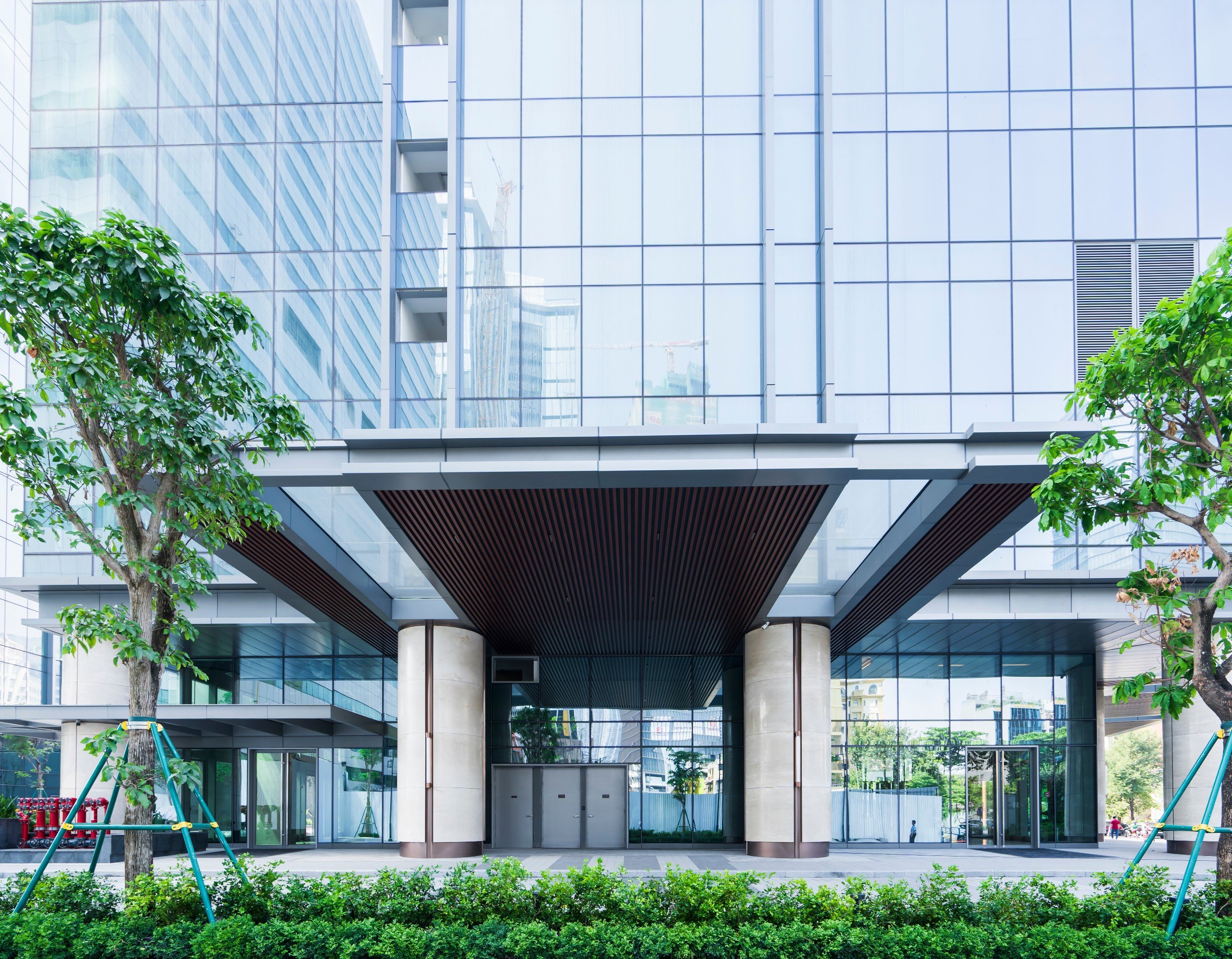
Green architecture effect positively on environment
Benefits of green architecture
- Energy efficiency
Energy efficiency is another critical aspect of green architecture. Instead of solely depending on finite energy sources that may cause pollution, green architecture is designed to reduce energy consumption using passive solar design, efficient HVAC systems, and renewable energy sources such as solar panels and wind turbines.
Furthermore, incorporating solar power systems and wind energy harvesting technologies into buildings efficiently contributes to sustainability and energy conservation in green architecture.
- Environmentally Friendly
Green architecture plays a crucial role in protecting the environment. By adopting sustainable design practices, green architecture minimizes the negative impact of construction on ecosystems and natural resources. The incorporation of energy-efficient systems, renewable energy sources, and environmentally friendly materials helps reduce carbon footprints and mitigates pollution.
Moreover, green architecture often emphasizes water conservation, waste reduction, and the preservation of biodiversity. Through thoughtful and eco-conscious design, it creates buildings and spaces that coexist harmoniously with the environment, contributing to the overall well-being and longevity of our planet. In essence, green architecture is a proactive approach to safeguarding the environment for current and future generations.
- Prioritize human well-being
Through thoughtful and sustainable design practices, green architecture aims to provide occupants with environments that look after health and mind. This includes maximizing natural light, incorporating green spaces, and ensuring good indoor air quality. The use of eco-friendly materials and energy-efficient systems not only reduces the environmental impact but also contributes to creating comfortable and healthy living and working spaces.
In essence, green architecture recognizes the intrinsic connection between the well-being of individuals and the spaces they inhabit, fostering a symbiotic relationship between humans and their environment.

Green architecture helps look after health and mind (Source: Internet)
Refico takes pride in creating “Green” Architecture
The Nexus, International Standard Grade A Office Building, certified with LEED Gold and WELL Silver
Due to open in 2023, The Nexus marks Refico’s third major Grade A commercial office development. Located within the central business district and adjacent to the Saigon River, The Nexus site is bordered by Ton Duc Thang Street to the east and the future Le Loi extension to the west.
Comprising two high-rise towers, The Nexus will grant future tenants easy access to the attractive shopping and entertainment offerings nearby.
Both Towers will be LEED-certified development, with Tower 2 (36 storey) pursuing to add Vietnam’s first WELL Core Certification.
The development will feature a five-storey underground parking complex that will cater to the downtown area’s growing demand.
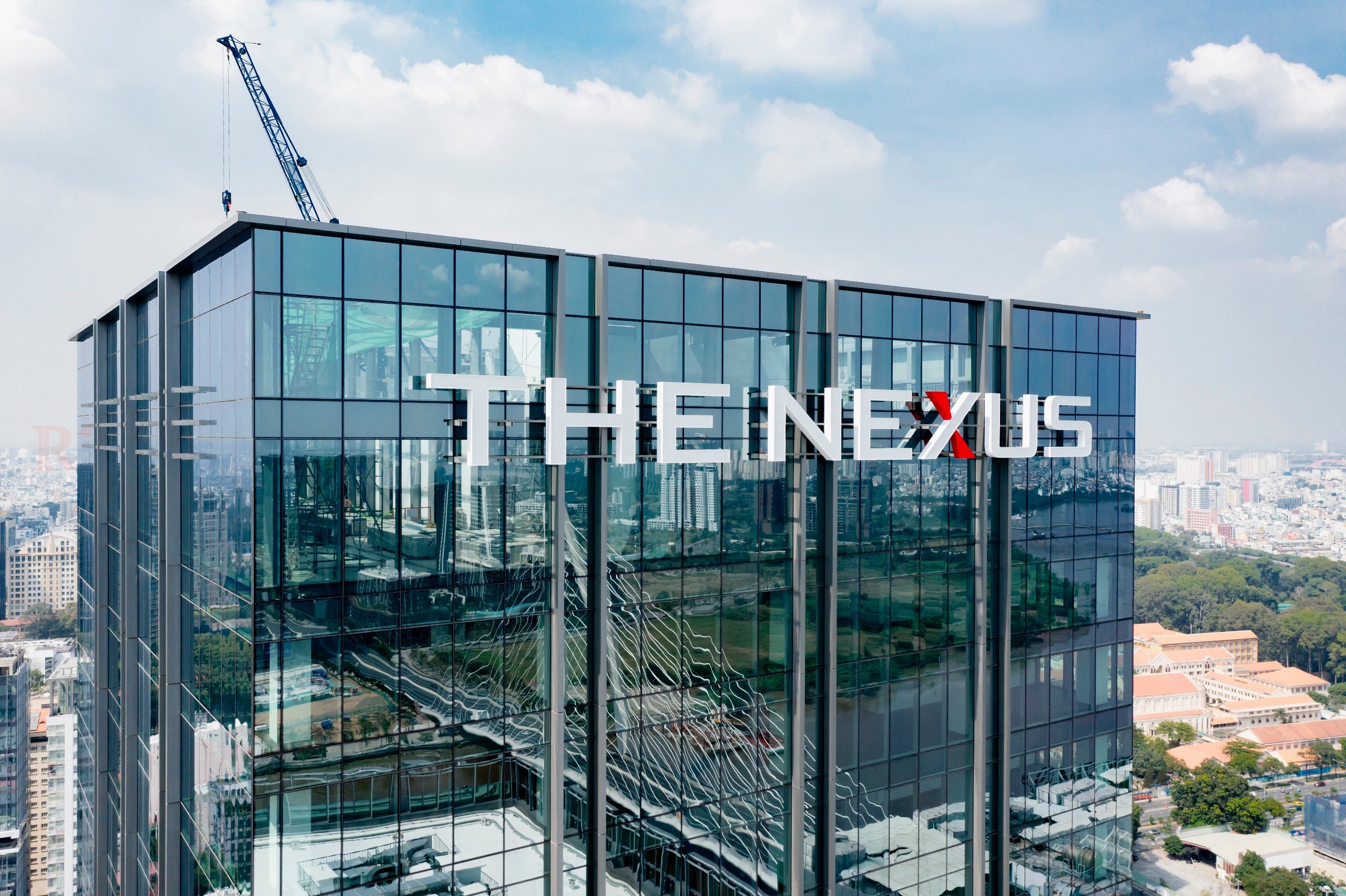
The Nexus, International Standard Grade A Office Building
President Place – the first project to receive LEED Gold certification
Named for its location next to the Palace, President Place is a tenant-oriented boutique commercial office offering ahead of its time. Refico secured the land, worked through early design phases, and obtained permission to build. Completed in 2012, the project remains highly sought after among multinationals.
President Place is the first project to receive LEED Gold certification, setting new standards for modern office buildings. It officially opened in 2012 and has become a preferred working environment for multinational companies. According to recorded data, the building has achieved over 12% energy savings, 45% water savings, and utilized mostly environmentally friendly materials.

President Place takes pride in being the first project to receive LEED Gold certification
CentrePoint – stands as Vietnam’s first “green” office building
As Refico’s first commercial project, the 17-storey Centrepoint shifted the social and business geography of the city closer to the airport. Receiving a Green Certificate, Centrepoint set a path toward and expectation for more sustainable development across the country.
CentrePoint proudly stands as Vietnam’s first “green” office building, using environmentally friendly construction materials, resulting in 30% energy savings and a 20% reduction in CO2 emissions, creating a healthy working environment and enhancing the productivity of employees.
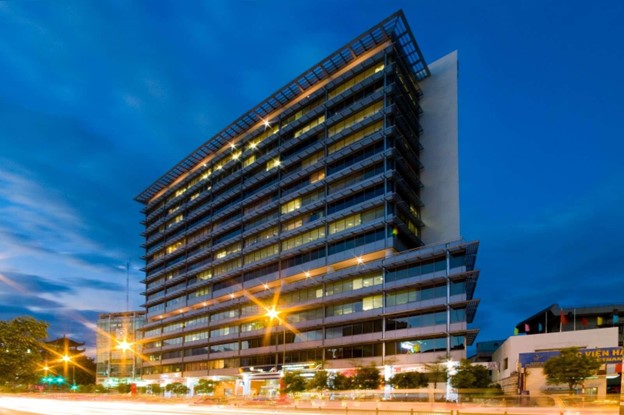
CentrePoint proudly stands as Vietnam’s first “green” office building
For more details about LEED: https://refico.com.vn/vi/news/tieu-chuan-leed-la-gi-tieu-chi-danh-gia-toa-nha-theo-leed/
Conclusion
Green Architecture is not just a trend; it is a necessity for a sustainable future. By incorporating sustainable materials, energy-efficient systems, waste reduction techniques, and water conservation measures, we can create buildings that are not only environmentally responsible but also socially and economically sustainable. As we continue to face the challenges of climate change, green architecture will play an increasingly important role in creating a brighter and more sustainable future.
Read more: https://refico.com.vn/vi/news/cac-chung-chi-cong-trinh-xanh-tai-viet-nam/
Contact us
OFFICE HOURS
9 A.M. – 6 P.M. (GMT+7)
Tel: (84-28) 3822 9290
Fax: (84-28) 3822 9288
Email: info@refico.com.vn
Website:https://refico.com.vnHEAD OFFICE
R.C. REAL ESTATE DEVELOPMENT AND FINANCE CORPORATION
Level 35, The Nexus Building
3A-3B Ton Duc Thang Str., Ben Nghe Ward, District 1, HCMC, Vietnam

